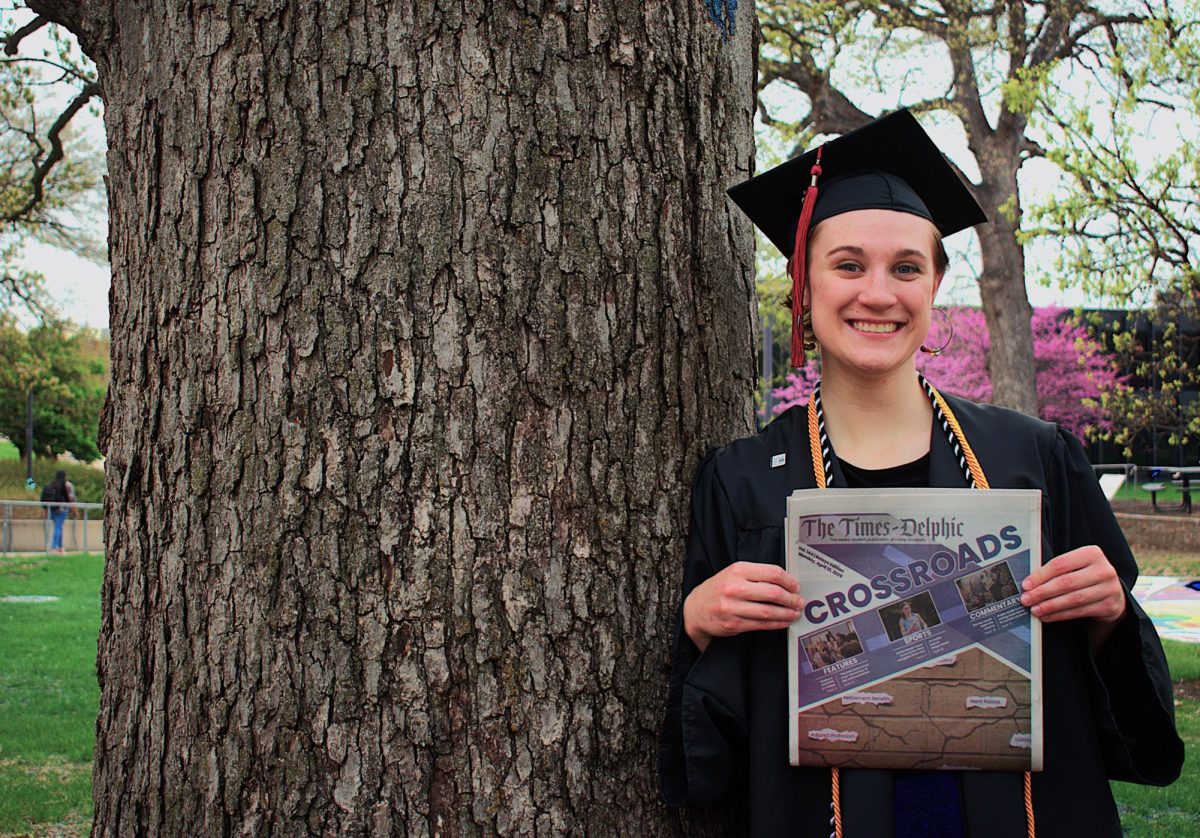As the lights turned back on in the movie theater at the end of ‘The Substance’, a man tapped me on the shoulder and said: “Kid, I couldn’t keep my eyes on the movie as it was a lot funnier watching your head turn, mortified. Thanks for the laugh!”
Unsure if this was a compliment, I knew my reactions perfectly summarized the intentions behind this movie’s body horror: showcasing the ungodly extent we endure to maintain beauty standards.
At the beginning of the movie, Elisabeth Sparkle (Demi Moore) is told by her TV show’s executive (Dennis Quaid) – shot over a disgusting close-up on Quaid’s mouth – that as a now-fifty-year-old, she is no longer what people want to watch.
Heartbroken, she is approached in a sketchy alley by a man saying that she is a perfect candidate for “The Substance.” Sparkle picks up a box containing liquid, syringes and IVs with seven days worth of food. The liquid itself, when injected, copies your DNA and creates a “newer” and younger version of yourself.
Before she injects a green liquid into her body, she stands there naked. Examining her body, she decides to inject the fluid into her arm.
It is then that she collapses to the floor and her “new” self, Sue (Margaret Qualley) tears open her back and crawls out into existence.
Like a newborn, she is brought to life but is immediately sexualized as she goes though the same process as her previous self when the camera zooms in on her naked body, just like it did to Sparkle during shoots. However, this time, she knows she is beautiful.
This new persona reclaims Sparkle’s old life by taking her spot on television and immediately skyrocketing into fame. Everybody adores Sue, so much so that she quickly has a billboard placed conveniently right across the main window of Sparkle’s penthouse.
This new power, however, has one side-effect. Although Sparkle and Sue are two different physical selves, they share one consciousness. At any moment, one is out in the world, while the other is lying unconscious on the floor. Each can go out and live their lives, but they must switch places every seven days. If they do not follow this rule, they will face irreversible consequences. As Sue becomes higher in demand as she reaches higher and higher in her celebrity status, she can’t commit to “The Substance’s” rules.
I loved this movie as I’ve never seen revenge or the torturous nature of defiling another person’s body portrayed in a film like this one. My biggest takeaway from “The Substance” is its intense body horror. Seeing Sue crawl out of Sparkle is a worthy watch in itself. The extent these two women go to preserve their beauty is a brilliant showcase of the unrealistic expectations that women deal with from men.
It was almost jarring how easily the director, Coralie Fargeat, made body horror captivating.
Visually, Fargeat made the movie appear in the style of a 2010s music video where Sue’s workout is similar to the athleticism displayed in Nicki Minaj’s “Anaconda.” The packaging of “The Substance” in its bold black letters lended it a hipness and exclusivity.
Watching Sue showcase her body on television was not only a ploy to become more famous, but a sales tactic for the audience of “The Substance” and our world’s take on the male gaze.
It is a showcase big enough for me to have already made a reservation to go see it again in theaters soon.







